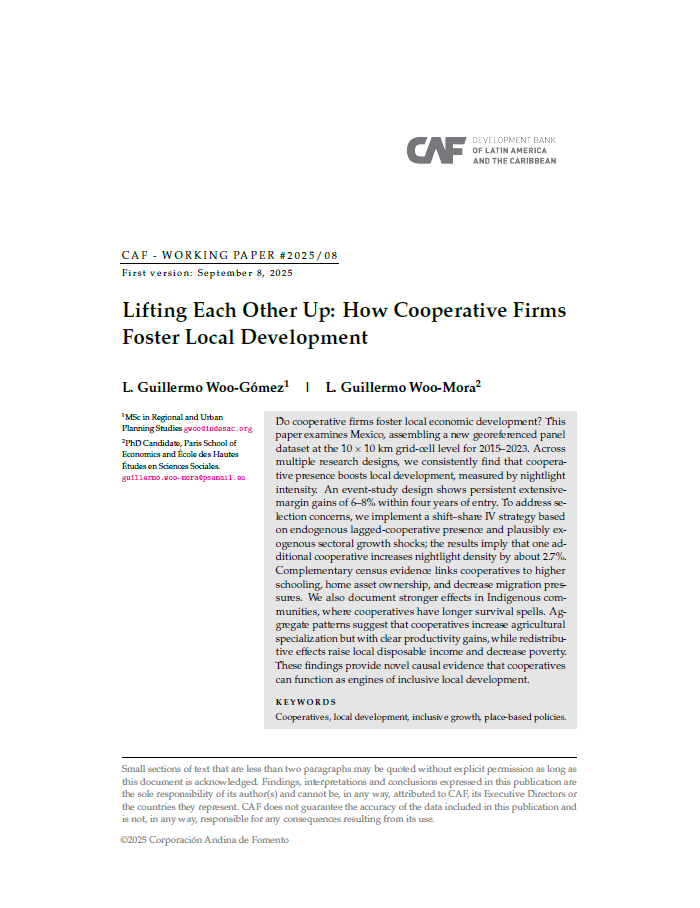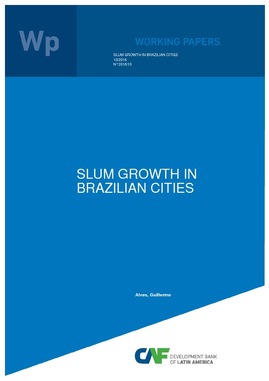Income Segregation and Urban Spatial Structure: Evidence from Brazil
Abstract
We estimate the effect of urban spatial structure on income segregation in Brazilian cities between 2000 and 2010. Our results show that, first, local density conditions increase income segregation: the effect is higher in monocentric cities and smaller in polycentric ones. Second, the degree of monocentricity-polycentricity also affects segregation: while a higher concentration of jobs in and around the CBD decreases segregation in monocentric cities, a higher employment concentration in and around subcenters located far from the CBD decreases segregation in polycentric cities. Third, results are heterogeneous according to city size: local density does not increase segregation in small (monocentric) cities, it increases segregation in medium size cities, and it decreases segregation in large (polycentric) cities. Finally, results also differ between income groups: while local density conditions increase the segregation of the poor, a more polycentric configuration reduces the segregation of the rich.
Subject
Country / Region
Date
2016-08-05Cite this publication
Belongs to collection
Author
García-López, Miguel ÁngelMoreno-Monroy, Ana I.
Items Relacionados
Lifting Each Other Up: How Cooperative Firms Foster Local Development
Do cooperative firms foster local economic development? This paper examines Mexico, assembling a new georeferenced panel dataset at the 10 × 10 km ...
Slum Growth in Brazilian Cities
I study slum growth in contemporary urbanization processes by estimating a spatial equilibrium model with houses with and without basic water and ...
Life expectancy at retirement and income levels in Chile
We document that life expectancies at the age of retirement differ significantly by income levels and gender in Chile. Using a sample of over 500 thousand ...






